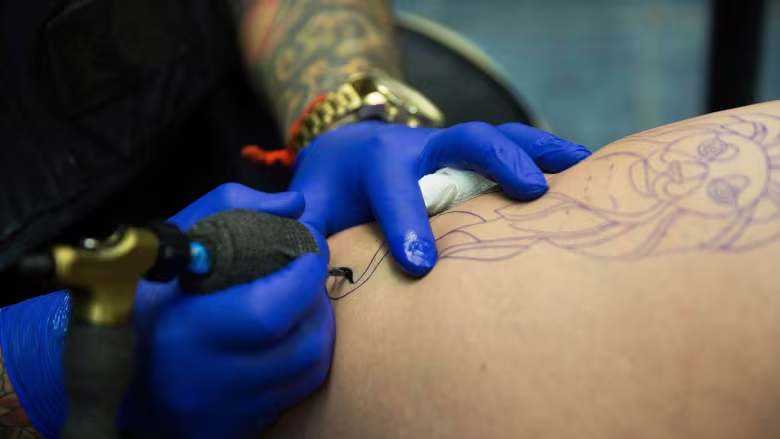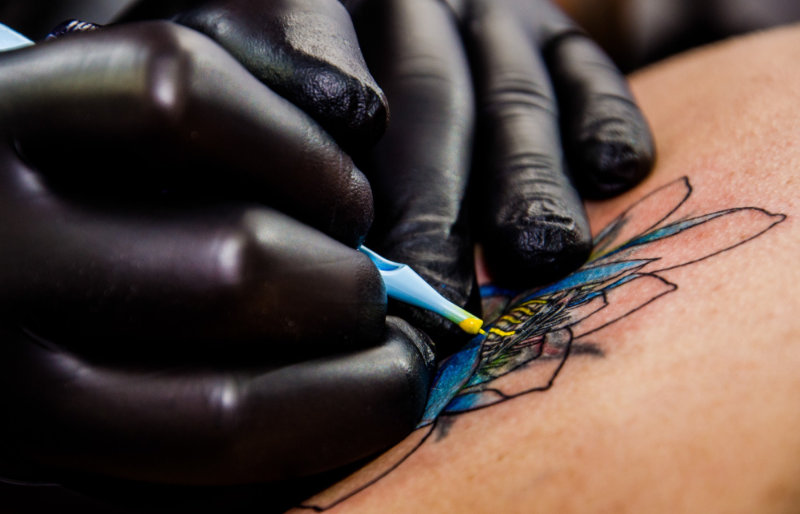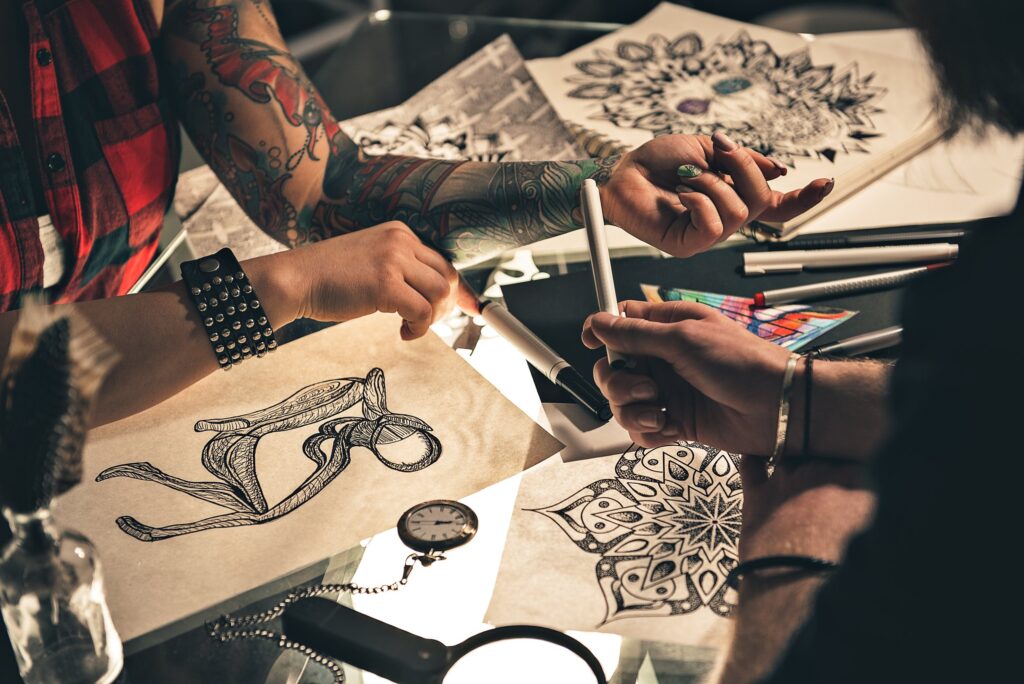Tattooing is both an art form and a technical skill that requires comprehensive training. Whether you’re an aspiring artist or someone looking to refine your skills, proper education and practice are key to mastering the craft. This guide provides an overview of what tattooing training typically entails, offering insights into the necessary skills, tools, and techniques.

Tattooing begins with a solid foundation in art. Understanding concepts like line work, shading, and color theory is essential. Aspiring tattoo artists should practice drawing regularly to develop their artistic skills. It’s also important to become familiar with different tattoo styles, such as traditional, neo-traditional, realism, and Japanese, as this knowledge will guide your creative development and help you find your niche.





Tattoo art is an ancient and diverse form of body modification that has been practiced by various cultures around the world for thousands of years. What was once a ritualistic or symbolic practice has evolved into a global phenomenon, blending artistry with personal expression. Today, tattoos are not just body art; they are a statement of identity, a form of storytelling, and a deeply personal means of commemorating significant moments, beliefs, or relationships.
Tattooing has a rich history that spans across continents and cultures. The earliest evidence of tattoos dates back over 5,000 years to the ancient civilizations of Egypt and Mesopotamia, where mummies with intricate designs have been discovered. Tattoos were also prevalent among the Polynesians, Maoris of New Zealand, and indigenous peoples of the Americas, where they were often used to signify social status, tribal affiliation, or rites of passage.

Copyright © Baltoo 2021. All rights reserved.